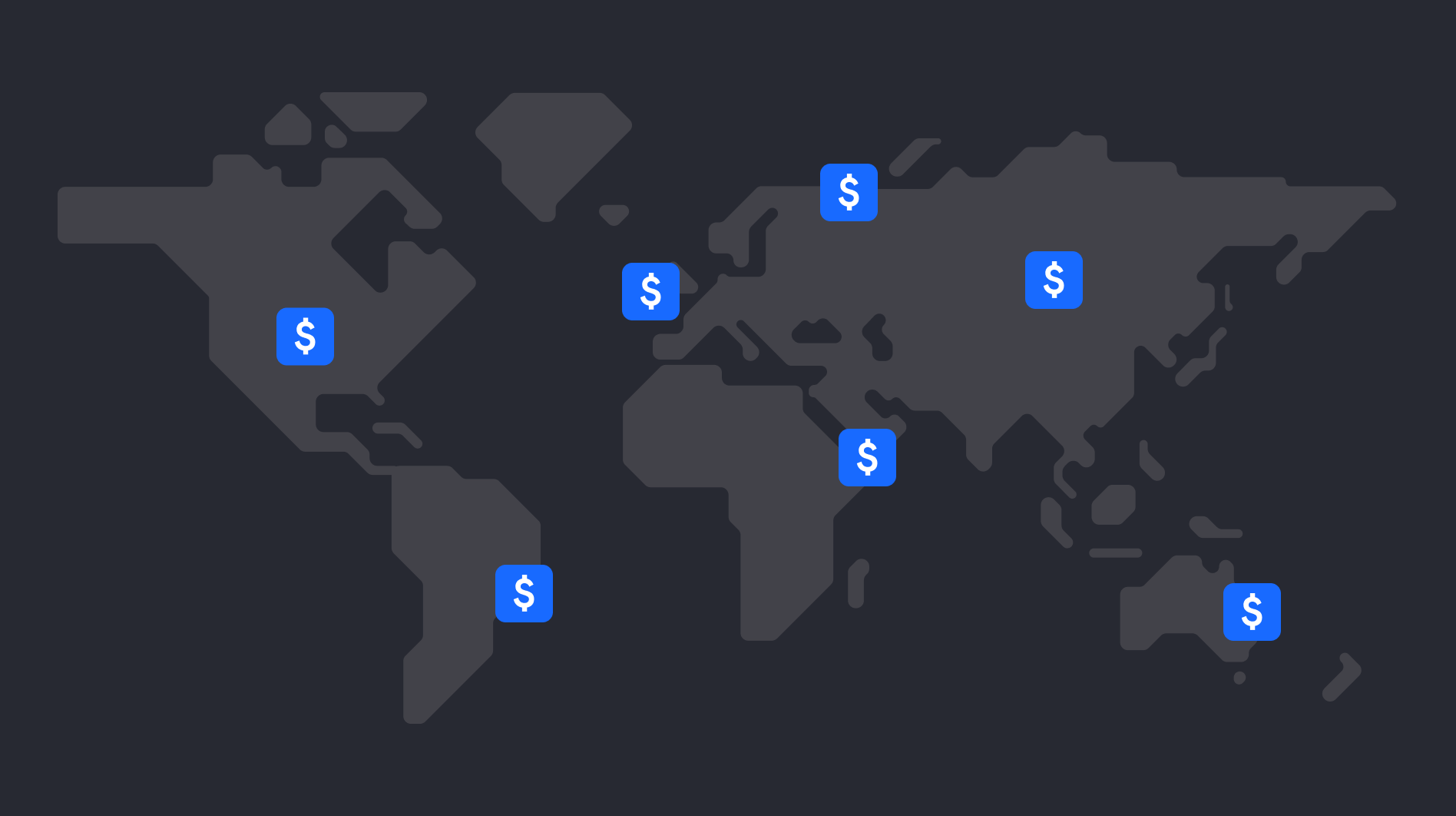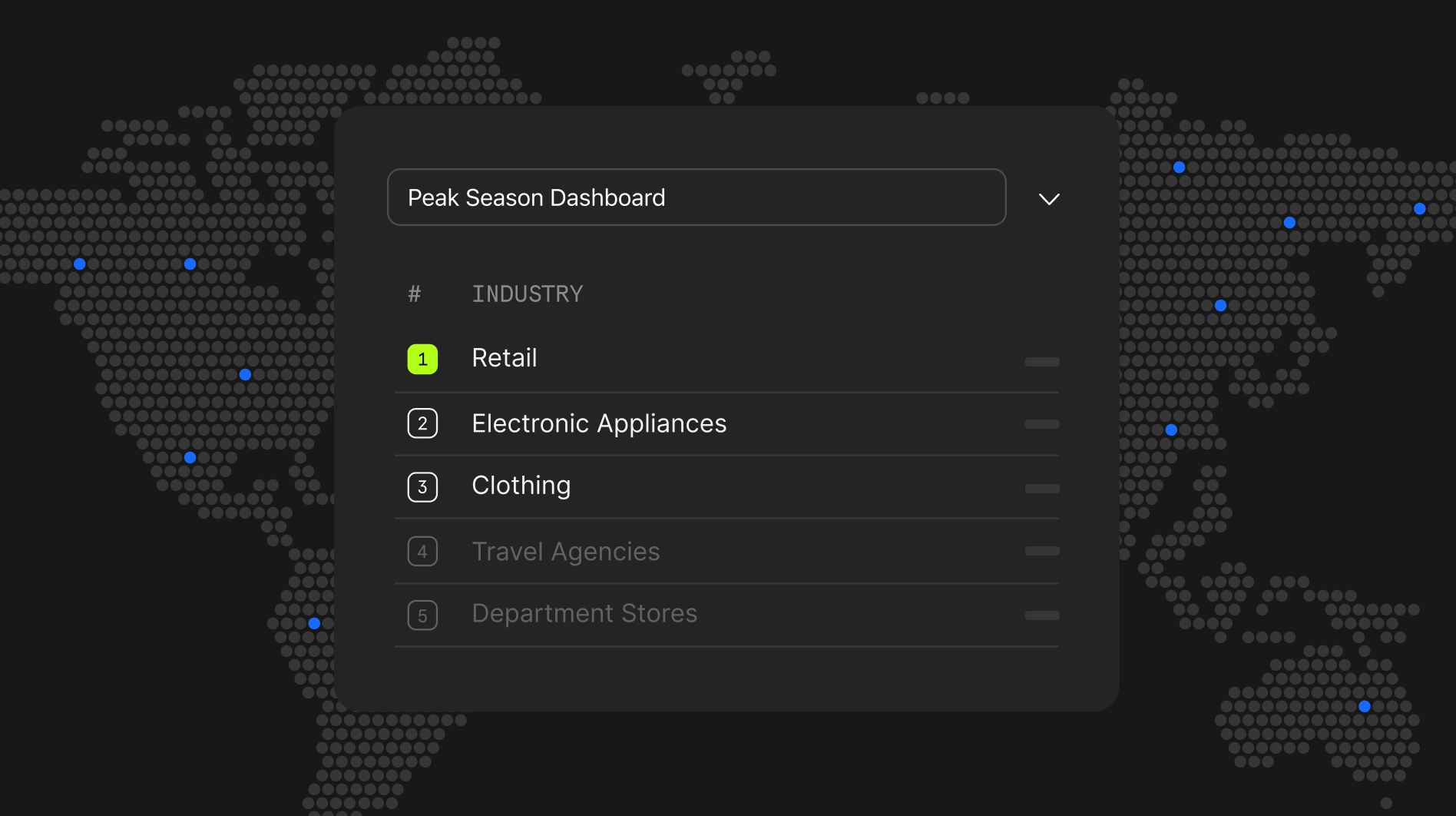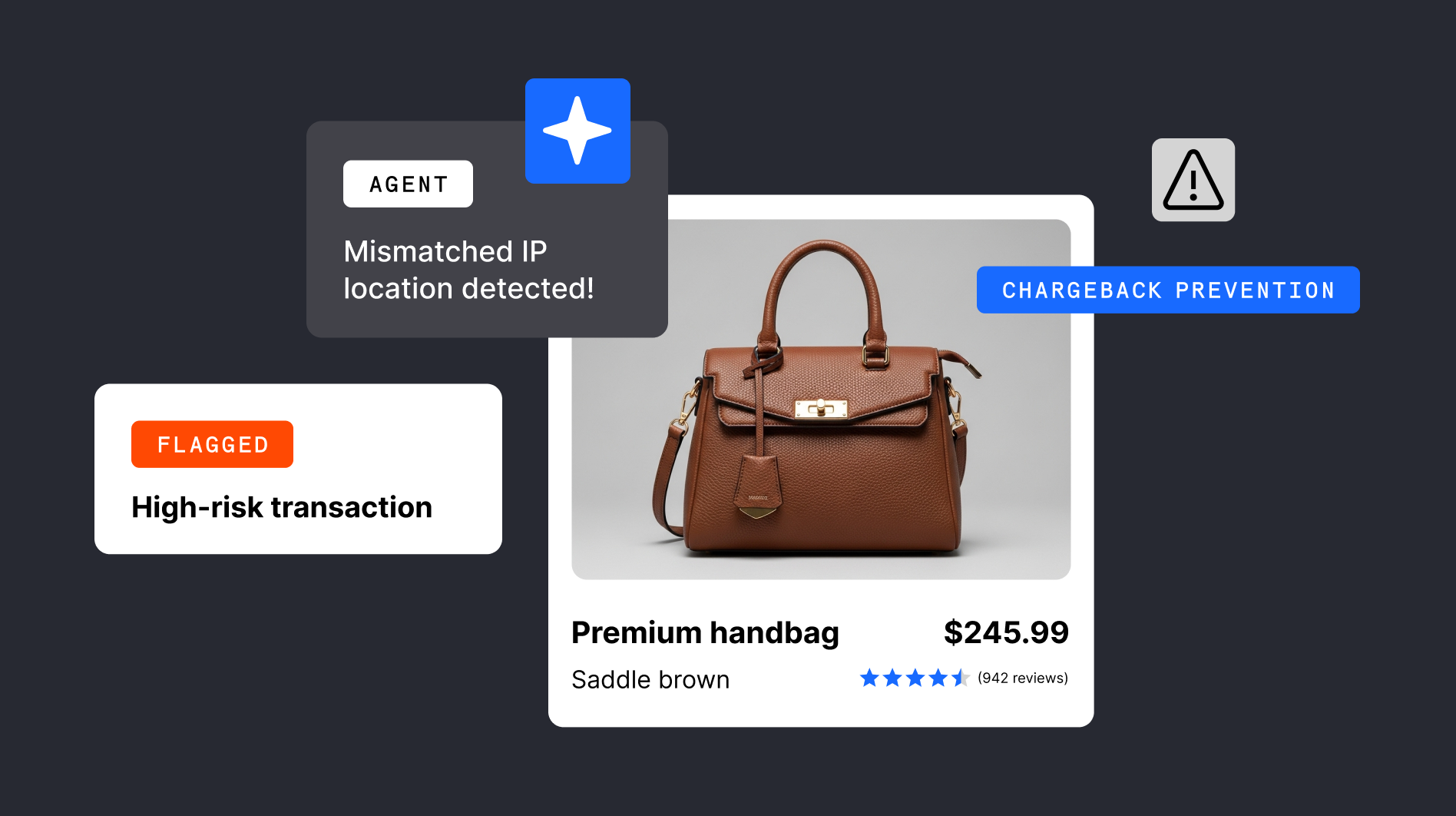Europe’s payments ecosystem is being shaped by rapid advancements in technology, evolving consumer preferences, and regulatory innovation. For businesses aiming to connect with local markets in the region, understanding and navigating this dynamic landscape is essential.
From the opportunities presented by unified EU and EEA frameworks to the rising popularity of payment methods like digital wallets and instant payments, Europe offers unique advantages for businesses. At the same time, challenges such as local market nuances and updated regulations, like the upcoming PSD3, demand strategic planning and localized approaches.
As the Head of Commercial in Europe for Checkout.com, I’m responsible for driving regional revenue growth, overseeing commercial strategy, and ensuring we achieve our strategic goals.
In this article, I explore the key trends shaping payments in Europe and delve into key strategies for success – with valuable insights from a payments expert at Vinted. Whether you’re looking to expand into Europe or already operating in the region, this guide offers the knowledge needed to thrive in its complex yet rich payments landscape. This article forms part of our series of regional guides to enhancing your payments.
.png)
Payments landscape in Europe
For many global businesses, connecting with local markets can be a challenge. However, navigating payments in Europe is made easier due to the European Union (EU) and the European Economic Area (EEA). The EU connects different countries around the region under a unified set of laws and regulations, such as The General Data Protection Regulation (GDPR) and the Anti-Money Laundering Directive (AMLD).
Usually, for a business to use an acquirer in a particular country, they’re required to have a legal entity in that country. However, there are some exceptions – and the EEA is one of them. The EEA allows direct acquiring in all of its member countries, meaning businesses can operate across the region without having a legal entity set up in each country. For example, a payment service provider (PSP) with a French acquiring license, like Checkout.com, can process payments for a German company, who can also sell to Dutch consumers – because they’re all in the EEA.
Not only does that mean you can centralize your operations and process payments across the whole EEA with just one PSP, it also reduces costs – because partnering with a local acquirer is cheaper than doing cross-border settlements.
Payment trends in Europe
Our data shows that 50% of European consumers abandon their cart if their preferred payment method is unavailable, so it’s important to get it right.
Apple Pay
One of the biggest payment trends in Europe in the past year is Apple Pay. In the United Kingdom, 41% of adults have used Apple Pay to pay online in the past year. It’s outperforming local alternative payment methods that have reigned supreme for years in terms of customer preference, while aggressively cannibalizing traditional payment methods too.
Greta Atminaitė, Head of Strategic Partnerships at Vinted, shares that “Apple Pay has grown significantly in every single country across Europe for Vinted, mostly eating up the credit card share. It’s beating Blik and Przelewy 24 in Poland, which is really surprising for me because I thought the Polish people would stick to Blik forever.”
That’s not to say that local payment methods like Blik in Poland or iDEAL in The Netherlands aren’t still incredibly popular among customers. They still hold a large share of the market – for example, Blik is estimated to hold over 70% share of transactions for all ecommerce payments in Poland. However, with 15% of adults having used Apple Pay to pay online in Poland in the last year, this reflects how Apple Pay is establishing itself across Europe.
Twint
Switzerland’s leading mobile payment method, is now available through Checkout.com.
With over 6 million active users and more than 770 million transactions processed in 2024, TWINT is how most Swiss consumers prefer to pay. It’s accepted by 84% of online stores in Switzerland, making it the go-to option at checkout.
Mobile-native and built for conversion, TWINT enables fast, secure payments in-app or via QR code – whether shoppers are on desktop or mobile. Users can link the app to their bank account or cards for smooth payments.
Especially popular with digital-first consumers, it’s essential for merchants looking to drive performance in one of Europe’s most high-intent markets.
Merchants can offer TWINT through Flow – our customizable payment interface that dynamically surfaces region-specific payment methods at checkout. For app-based experiences, the same flexibility is available through Flow for mobile – accessible via our mobile SDKs – giving merchants full control over the mobile checkout.
User-friendly payments
Another trend on the rise is the popularity of payment methods that don’t require customers to either know their card details by memory or have their card to hand, such as digital wallets.
Digital wallets are forecasted to grow at over 9% annually until 2028, to approximately $395.9 billion. Convenience is a key reason behind their increasing popularity. However, convenience is not the only factor at play, as security is a primary benefit of digital wallets too. Digital wallets don’t require the disclosure of sensitive card data or bank details during transactions, thus protecting customer information.
Apple Pay led the way for digital wallet adoption across mobile devices, and now digital wallet spending is most commonplace on smartphones. This circles back to convenience – in today’s digital society, while many adults won’t have their cards to hand or their details memorized, they almost certainly will have their phones on them.
Other popular digital wallets in Europe include Vipps MobilePay in Nordic countries and MB WAY in Portugal. New on the scene is Wero, an EU-wide digital wallet that first launched to replace Giropay in Germany, Paylib in France, Payconiq in Belgium and Luxembourg, and iDEAL in The Netherlands. Despite having only launched in 2024, this is certainly a borderless payment method and digital wallet to watch.
Open banking
Open banking enables the sharing of customers’ financial data between banks and third parties using application programming interfaces (APIs). Previously, banks held this data within their closed systems, but the introduction of open banking sought to shatter this model in favor of a more competitive and transparent market in Europe.
Open banking is being widely adopted around the world, but its roots are firmly planted in Europe. PSD2 paved the way for open banking by giving businesses the option to access financial data from banks with customer permission, and PSD3 is projected to further shape the open banking movement with frameworks to help businesses gain greater access to European payment systems.
Open banking is expected to grow 30% annually across Europe until 2026. The UK is the current European market leader in open banking maturity, but Germany, Sweden, and France are following closely behind. According to the Open Banking Implementation Entity (OBIE), open banking hit seven million users in the UK in 2023 compared to just one million in 2020.
However, open banking comes with its fair share of risks. For example, spending with credit or debit cards comes with the added consumer protection of chargebacks, and there are valid concerns about the lack of chargebacks with open banking. This is just one example of many creating barriers to overcome before the majority of users are willing to pay via open banking in their everyday shopping.
Instant payments
Instant payments (IPs) ensure money can be sent and received immediately, at any time – the recipient’s account should receive the money in just 10 seconds. It’s not hard to see the appeal of real-time payments for consumers and businesses alike; who doesn’t want to receive their money quicker? As such, instant payments are growing rapidly in Europe.
In 2023, the European Council and Parliament reached an agreement on more accessible instant payments in euros. The new rules were put in place to secure the immediate arrival of transferred funds to bank accounts of EU retail customers and businesses, although they aren’t set to come into effect until spring 2025. The agreement focuses on:
- Speed – via mandatory instant payments
- Consumer safety – IBAN verification
- Accessible and affordable instant transfers across the EU – no additional fees
- Further integration of the EU payments market
Visa Direct is an example of a payment service that enables real-time money transfers quickly and securely using Visa’s global network.
Buy now, pay later (BNPL)
BNPL is an incredibly popular way to pay in Europe, and there’s a growing demand in the market. The European BNPL market is currently worth $167 billion, but that’s set to grow to $269.7 billion by 2029.
BNPL providers sit in a unique position compared to payment methods like digital wallets and open banking because they’re also lenders, which means they’re much more heavily regulated. We expect to see many new regulations coming into play in the UK and Europe in the next few years that will apply to BNPL providers. How strict these regulations are determines the impact on acceptance rates. While some BNPL providers have acceptance rates as high as 90%, others are much lower at 50%.
The Payment Services Directive 3 (PSD3)
PSD3 is a set of proposals presented by the European Commission to replace the existing PSD2. It focuses on trust, security, and consumer interests – seeking to enhance customer protection and promote competition in digital payments. It allows consumers to safely share their data and access a broader range of improved and more cost-effective financial products and services, creating equal opportunities for electronic money institutions (EMIs) and payment institutions (PIs) to access payment systems and bank accounts.
PSD3 covers all EU member states and EEA countries. The UK can decide whether or not to write the laws into its own legal system too.
The new regulations aren’t set to come into effect until 2027, but there are some steps your business can take to prepare. Although they’re aimed primarily at e-money institutions, banks, payment institutions, and other authorized payment service providers, what affects the businesses processing your payments ultimately affects your business and the tools you can benefit from.
For example, PSD3 aims to use new technology, e.g. advanced fraud detection technology, to improve user experience in authentication. Behavioral analysis can be used to detect fraudulent actors before the point of payment, which could help businesses reduce fraud-related financial losses.
Payments strategy for success in Europe
When entering a new market, you must assess what is important for your target consumers and ensure your technology and go-to-market strategy is ready for launch. What are the best ways to do this?
Leverage local knowledge
No doubt having a team on the ground can make the process of launching into a new market much smoother. And that’s definitely the case when it comes to choosing the right payment methods. Many companies start strategizing before choosing payment methods by leveraging the local knowledge of their employees on the ground. Sometimes they’ll hire consultants if the market is big enough to warrant it. Both can help to understand the regional trends.
There’s a lot of research to be done, and local experts are the best people to learn from. Applying the same approach in two different markets won’t necessarily garner success in both, so local insights on how to be more targeted in your approach are invaluable.
Run a test
If you enter the market with one of your flagship products or events, you’ll be able to quickly gauge success (or lack of). You’ll already know exactly how well the payment process should perform and what metrics mean it’s going badly, making it the perfect test for market readiness.
Make sure to test the funnel from end to end and see what’s going right, what’s going wrong, and what needs adjusting.
You can run AB tests to determine which payment methods will be more appealing to your customers, and which ones have better results. AB tests can be used for many other elements of the payments funnel too.
With the high cost of implementing new payment methods, experimentation and testing can seem daunting – it’s a lot to invest with no guaranteed reward. But if you think the answers will lead to better customer satisfaction and higher adoption rates, testing is worth it.
Data reconciliation is incredibly important; integrate data with your database for ease.
Start small
Some businesses prefer to take the approach of starting small, launching in new European markets with the standard proposition only: credit and debit cards, Apple Pay, and Google Pay. Then, once already settled in the market, they will start to shop around for new payment methods to add to their roster.
“We wouldn’t blindly turn on a new payment method from day one. We first want to see how the market is performing in general, what the transaction volume is, and what the consumer behavior is like.” Confirms Greta.
Launching new payment methods requires a lot of effort and investment. Although you can integrate via a payment service provider (PSP) like Checkout.com, which simplifies the process significantly, there is still front-end work to be done on the customer experience side, for example. Hence why many businesses are hesitant to add as many local payment methods as possible without considering strategy.
Don’t overwhelm customers
It’s important for merchants not to overdo it when it comes to local payment methods. There are always new ones arriving on the market, whether that’s APMs or BNPL providers. Having too many options at checkout will only confuse shoppers. It’s better to consolidate the options with a few key strategic choices.
Stay ahead of the game
To stay ahead of the curve, you need to consider factors like resources and timelines. When something big comes along, like open banking, you need to adapt quickly. You don’t have two years to figure out how to dedicate the resources if your competitors are already way ahead of you. The sooner you start testing, the sooner you can go full-scale. However, it’s a fine balancing act – you don’t want to launch too soon into a low-priority method just for the sake of being an early adopter. You have to assess if it’s a priority for your specific business.
Innovate and set trends, but don’t lose sight of what the critical mass of your customers already know and use.
Data is always the best driver of these decisions, but a little local and industry knowledge goes a long way too. Many businesses will rely on expert knowledge from their PSPs, like Checkout.com, to help them achieve front-runner status. Questions to consider asking are:
- What experience has a merchant in a similar vertical to us had when launching this new payment method?
- What are your operations in this new market we’re considering expanding into?
Interestingly, some businesses prefer to stay one step back and let others warm up the payment method in the market before they dip their toes in. This way all the flaws are already worked out and the provider has likely fixed any bugs or issues.
One-click payments
Is one-click payments a trend in Europe? The answer is certainly yes among businesses that rely heavily on returning customers because it helps foster brand loyalty and customer satisfaction. As we’ve already established, European consumers love convenience in payments. That’s why it makes sense to add it to your regional strategy.
One-click payments let customers purchase from your business online with just one click—no billing, payment, or shipping details need to be entered. For this to work, customers will need to have saved their card information with your business after a previous purchase, usually by creating an account.
To offer one-click payments to your customers, you’ll need to find the right payment service provider. At Checkout.com, we’ve partnered with Bolt to make its industry-leading one-click payments solution available to all our customers. Simplify your payment flow, reduce cart abandonment, and boost your conversion rate – safe with the knowledge that we handle all PCI DSS compliance for you.

How Checkout.com will help you master payments in Europe
I’ve covered some of the top payments trends in Europe right now, and what elements to include in your strategy for success in the region. For tailored guidance, Checkout.com’s team of Payment Success Managers will expertly lead you through how to localize effectively in Europe.
Our local acquiring licenses in the UK and France mean we’ve got all bases covered in Europe. Our French acquiring license allows us to offer direct acquiring in all of the EEA’s 30 member countries – whether your business has a legal entity in the country or not. As a result, you’ll benefit from reduced currency conversion losses and say goodbye to cross-border charges.
Our expansive global network of payment methods includes some of Europe’s most popular, from traditional to alternative. Offer your customers the options of Apple Pay, Bizum, Cartes Bancaires, iDEAL, Klarna, MB WAY, PayPal, Przelewy24, SEPA, SeQura, and more.
Checkout.com also has a range of innovative tools designed to help you achieve local success. Intelligent Acceptance boosts your acceptance rates with local issuers, while Flow lets you easily add and remove payment methods and offer customers their preferred choice based on device, location, currency, or language.















.png)
